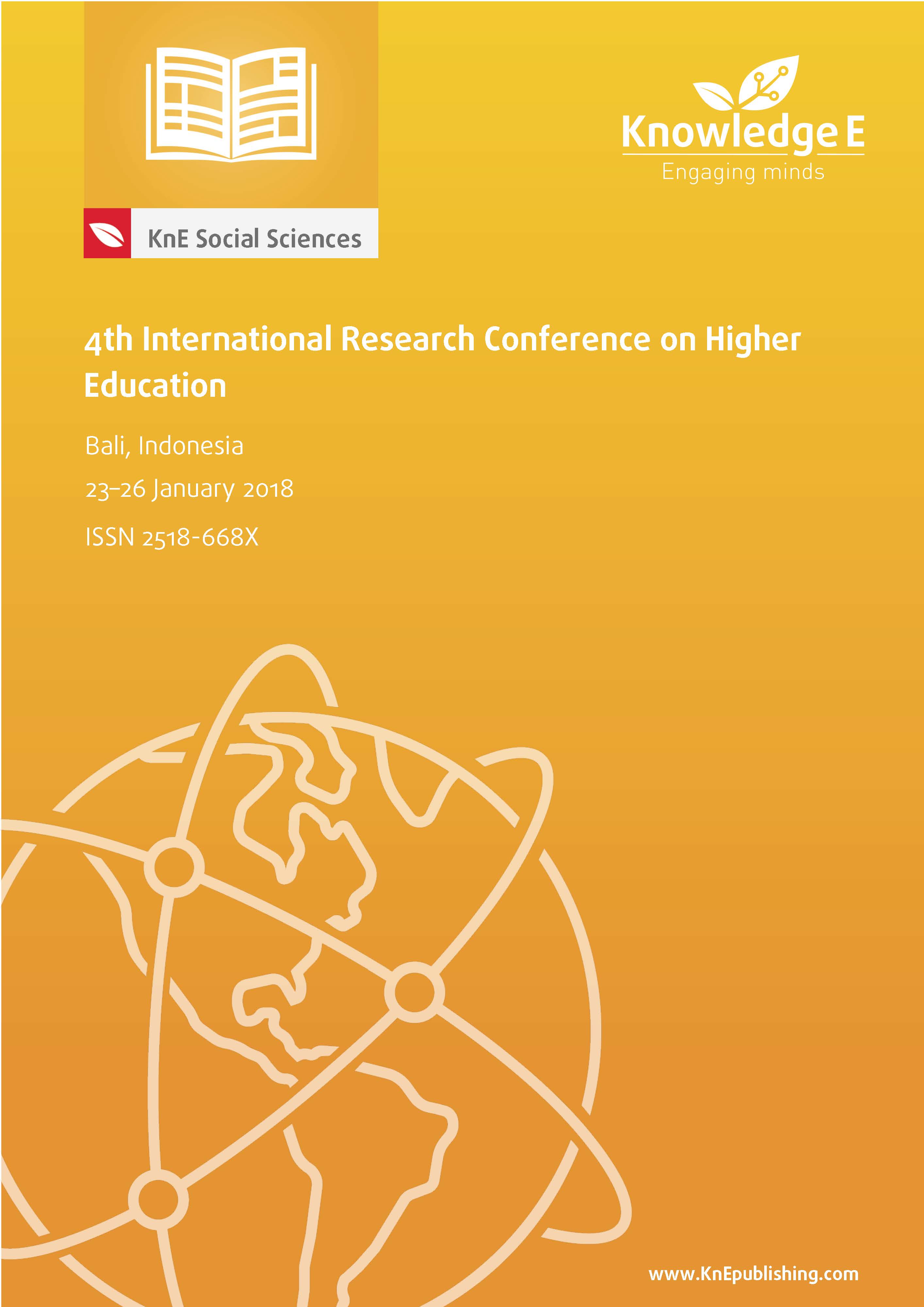E-Sakto: Lowering the Cardiovascular Risk of Patients with Hypertension and Diabetes Through Public–Private Partnership
DOI:
https://doi.org/10.18502/kss.v3i6.2406Abstract
Background: Technologically-enabled “whole-of-society” upgrading of a Rural Health Unit (RHU-Samboan) in data collection & records management, and determining the Cardiovascular risk score (CVD-RS) of patients with hypertension (± diabetes) was the aim of the e-Sakto program. Methodology: A descriptive study with four
components: e-Sakto Sukod (right measurements), e-Sakto Suwat (right recording), e-Sakto Sibya (right information), and e-Sakto Serbisyo (right service). Samboan, a fifth-class municipality in Cebu, Philippines, is the pilot site. For data collection, this study used SHINE OS+ Electronic Medical Records (EMR) provided by SMART
Communications, Inc. through public-private partnership (PPP). Furthermore, WHO WPR-B CVD-Risk Score was used to monitor the effect of using EMRs in relation to patients’ 10-year cardiovascular risks. Results: A competency check revealed that all health staff were adept at taking vital signs while only 59% (38/65) of health
volunteers were competent. An inventory of the equipment revealed that 4 out of 15 barangays (villages) had appropriate tools for vital signs measurement. A municipal resolution institutionalized the use of EMR and linked Samboan with higher health institutions for referrals. Out of the total 414 hypertensive patients, 106 subjects underwent 3 monitoring visits. This resulted to a statistically-significant lowering of their 10-year cardiovascular risk score using the 3- and 5- point scoring CVD risk scale (p = 0.041; p = 0.001). Conclusion: e-Sakto made sure that the health workers were competent; equipment needed were available; EMR was institutionalized; and linkages were formed. The use of EMRs in monitoring hypertensive patients result in
significant reduction of their 10-year CVD risk.
Keywords: WHO Cardiovascular Risk Score, Data Privacy Protocol, Diabetes Mellitus, Electronic Medical Records (EMR), Hypertension, Package of Essential Non-communicable (PEN) Disease Interventions
References
Abu-Saad, K., A. Chetrit, S. Eilat-Adar, G. Alpert, A. Atamna, M. Gillon-Keren, O. Rogowski, A. Ziv, and O. Kalter-Leibovici. 2014. Blood Pressure Level and Hypertension Awareness and Control Differ by Marital Status, Sex, and Ethnicity: A Population-Based Study. American Journal of Hypertension 27(12).
Pinlac, P., E. Castillo, J. Guevarra, I. Escartin, M.E. Caluag, C. Granada, L. Tagunicar, A. Banda, J.J. Go, J.K. Kim, C.A. Sy, A. Maceda and N. Gloriani. 2015. The Status of Non-Communicable Disease Prevention and Control in the Philippines: A Systematic Review. Acta Med Philippina, Vol. 49 No. 3, pp 19-26.
Van Minh, H., N. Pocock, N. Chaiyakunapruk, C. Chhorvann, H. Duc, P. Hanvoravongchai, J. Lim, D. Lucero-Prisno III, N. Ng, N. Phaholyothin, A. Phonvisay, K.M. Soe, and V. Sychareun. 2015. Progress toward universal health coverage in ASEAN. Glob Health Action.8:10.3402.
Margolis, K., S. Asche, A. Bergdall, S. Dehmer, S. Groen, H. Kadrmas, T. Kerby, K. Klotzle, M. Maciosek, R. Michels, P. O’Connor, R. Pritchard, J. Sekenski, J. SperlHillen,N. Trower. 2013. Effect of Home Blood Pressure Telemonitoring and Pharmacist Management on Blood Pressure Control: A Cluster Randomized Clinical
Trial. JAMA;310(1):4656.
Department of Health - Health Statistics. 2013. Causes of Morbidity & Mortality.(www.doh.gov.ph/node/198.html) retrieved September 2015.
Administrative Order No. 2012–0029: Guidelines in the institutionalization of the Philippine package of NCD (PhilPEN) interventions in the management of hypertension and diabetes in the primary health care. Manila, Department of Health, 2015.
Ledikwe, J., J. Grignon, R. Lebelonyane, S. Ludick, E. Matshediso, B. Sento, A. Sharma and B. Semo. 2014. Improving the quality of health information: a qualitative assessment of data management and reporting systems in Botswana. Health Research Policy and Systems, 12:7
Paterson, G., N. Shaw, A. Grant, K. Leonard, E. Delisle, S. Mitchell, M. McCarrey, B. Pascal, N. Kraetschmer. 2010. Conceptual Framework for Analyzing How Canadian Physicians Are Using EMR in Clinical Care. Studies in health technology and informatics 160(Pt 1):141-5.
Gebre-Mariam, M., E. Borycki, A. Kushniruk, and M.E. Purkis. 2012. An Electronic Medical Record (EMR) Implementation Framework for HIV Care and Treatment Facilities in Ethiopia. Electronic Healthcare, Vol. 11 No. 1 pp14-24.
SMART Shine OS+ Software. 2015. (http://www.shine.ph/), retrieved Sept 2015.
Ona, E. 2014. National Telehealth CHITS 10
Data Privacy Act. 2012. R.A. 10173 An Act Protecting Individual Personal Information In Information & Communications Systems In The Government & The Private Sector, Creating For This Purpose A National Privacy Commission, And For Other Purposes.(http://www.gov.ph/2012/08/15/republic-act-no-10173), retrieved June
Samboan Health Facility Code. 2015. Samboan RHU Health Facility Code “2032”. National Health Facility Registry website. (http://nhfr.doh.gov.ph/rfacilities2list. php?t=rfacilities2&psearch=samboan&btnsubmit=&psearchtype=%3D), retrieved Sept 2015.
Samboan Demographics. 2015. Samboan, Cebu.(http://en.wikipedia.org/wiki/ Samboan,Cebu), retrieved September 2015.
National Statistics Authority. 2015. Samboan, Cebu. (https://psa.gov.ph/content/ samboan-cebu), retrieved June 2016.
Horswill, M., M. Preece, A. Hill, M. Watson. 2010. Detecting abnormal vital signs on six observation charts: An experimental comparison. Australian Commission on Safety & Quality in Healthcare. (http://www.safetyandquality.gov.au/ wp-content/uploads/2012/01/35983-DetectingAVS.pdf)
Package of Essential Non-communicable (PEN) disease interventions for primary health care in low-resourced settings. Geneva, World Health Organization, 2010. (http://www.who.int/nmh/publications/essential_ncd_interventions_ lr_settings.pdf), retrieved September 2015.
Martinez, R., R. Quintana, J. J. Go, M.S. Villones and M. A. Marquez. 2015. Use of the WHO Package of Essential Noncommunicable Disease Interventions after Typhoon Haiyan. Western Pacific Surveillance and Response Journal, 6 (Suppl 1):18–20.
Ling, Z. 2017. Various Applications of Telehealth and Monitoring at National University Hospital Singapore. Plenary lecture presented at the Singapore Prevention & Cardiac Rehabilitation Conference, Singapore.
Khanal, M., M.S.A. Ahmed, M. Moniruzzaman, P.Banik, R.R. Dhungana, P. Bhandari, S. Devkota, and A. Shayami. 2017. Total Cardiovascular Risk for Next 10 Years Among Rural Population of Nepal Using WHO/ISH Risk Prediction Chart. BMC Res Notes 10:120

